There can be your advertisement
300x150
Repairing a Stalin-era Apartment for Half a Million Rubles: How to Preserve the Era's Spirit and Add Comfort
It's better to do it in stages, giving yourself time to find interesting solutions and favorable offers
Stalin-era apartments are character-filled flats. Three-meter ceilings, thick walls, spacious rooms and that distinctive aura you can't buy for any amount of money. But here's the paradox: while living in historical heritage, we want modern comfort — preferably without spending all our family savings. Is it really possible to transform a Stalin-era apartment for half a million rubles while preserving its soul? Absolutely, if you know a few tricks.
Main points from the article:
- Stalin-era apartments require a delicate approach — it's more important to preserve authentic elements than to demolish everything;
- Half the budget should be spent on engineering systems — they are critical for comfort;
- Proper wall painting and restoration of cornices will cost much less than a full renovation;
- Vintage furniture from flea markets often looks more organic than expensive modern wardrobes;
- Well-planned room zoning can create additional functional areas without major reconfiguration.
The main principle: don't destroy, but complement
The first and most expensive mistake new homeowners make is wanting to demolish everything 'from scratch.' In Stalin-era apartments, this is especially painful because many elements are impossible to recreate with modern methods.
Start with inventorying what already exists. Ceiling cornices? That's already a plus of 100 thousand rubles to the apartment value if done from scratch. Pre-war parquet? Such a piece of oak now costs as much as a car. High wooden doors with mullions? Craftsmanship of this level costs astronomical sums.
Professional designers say: 'In a Stalin-era apartment, renovation should highlight the architecture rather than clash with it.' This means working with what's there, not against it.
A typical example of a failed solution: drop ceilings in an apartment with cornices. It creates an epochal dissonance that's visually jarring. A better option is simply to paint the existing ceiling with quality paint — the result will be cheaper and more aesthetically pleasing.
Engineering systems: the foundation, not a luxury
Stalin-era apartments were built in an era when air conditioning was unheard of, and electrical outlets were counted on one hand. So first comes engineering work — and this is the only expense where you shouldn't cut corners.
New electrical wiring costs about 80-100 thousand rubles for a two-bedroom apartment. It sounds expensive, but the alternative is worse: a fire from overloaded old aluminum wiring would cost significantly more.
Water supply and sewage in Stalin-era apartments often require a full replacement. Cast iron pipes last long, but when their time comes, you can't delay. Replacing risers and plumbing within the apartment — another 60-80 thousand rubles.
Pro tip: if a major overhaul is planned for the building, check when risers will be replaced. It might make sense to wait a year or two and save on these works.
Walls: restoration versus destruction
In Stalin-era apartments, walls are a separate story. Up to half a meter thick, they provide excellent sound insulation and heat retention. But the plaster on them may be pre-war and require careful handling.
Don't rush to strip all the plaster. Often, local repair of problem areas is sufficient. Good plaster can 'heal' walls for 30-40 thousand rubles, whereas a full redecoration would cost 100-150 thousand.
Painting is your main transformation tool. Quality wall paint costs 2-3 thousand rubles per can, and the result exceeds many expensive wallpapers. Choose colors carefully: in high rooms, dark tones may create a well-like effect.
If walls are crooked (which is common in Stalin-era apartments), don't try to perfectly level them. Small unevennesses are part of the charm of old buildings. The main thing is that they don't interfere with furniture placement.

Design: Nisha Buro
Floors: when restoration is cheaper than replacement
Parquet in Stalin-era apartments is usually a thick board made from noble wood species. Even in poor condition, it often needs restoration rather than replacement — which is cheaper.
Planing and coating with lacquer costs about 1000-1500 rubles per square meter. For a two-bedroom apartment, that's 50-70 thousand rubles. New parquet of similar quality would cost 200-300 thousand. The savings are obvious.
If the parquet is beyond repair, consider alternatives. Good parquet boards or quality laminate can look decent. The key is to choose decor that matches natural wood rather than exotic colors.
In wet areas, ceramic tile resembling wood maintains the overall style. And yes, 'wood-look' tiles in a Stalin-era bathroom look natural if the right shade is chosen.
Lighting: multi-level approach
High ceilings in Stalin-era apartments require thoughtful lighting. One chandelier in the middle of a room is insufficient — it creates a theatrical spotlight effect.
Budget-friendly solution: combine ceiling lighting with wall sconces and floor lamps. LED bulbs save electricity and provide warm light that highlights coziness.
If cornices allow, add hidden LED strip lighting around the perimeter of the ceiling. LED strips cost a few rubles but create an expensive effect. Just don't overdo it with colored solutions — in classic interiors, they look out of place.
Vintage fixtures from flea markets are often cheaper and more atmospheric than modern equivalents. The key is to have their electrical parts checked by a specialist.
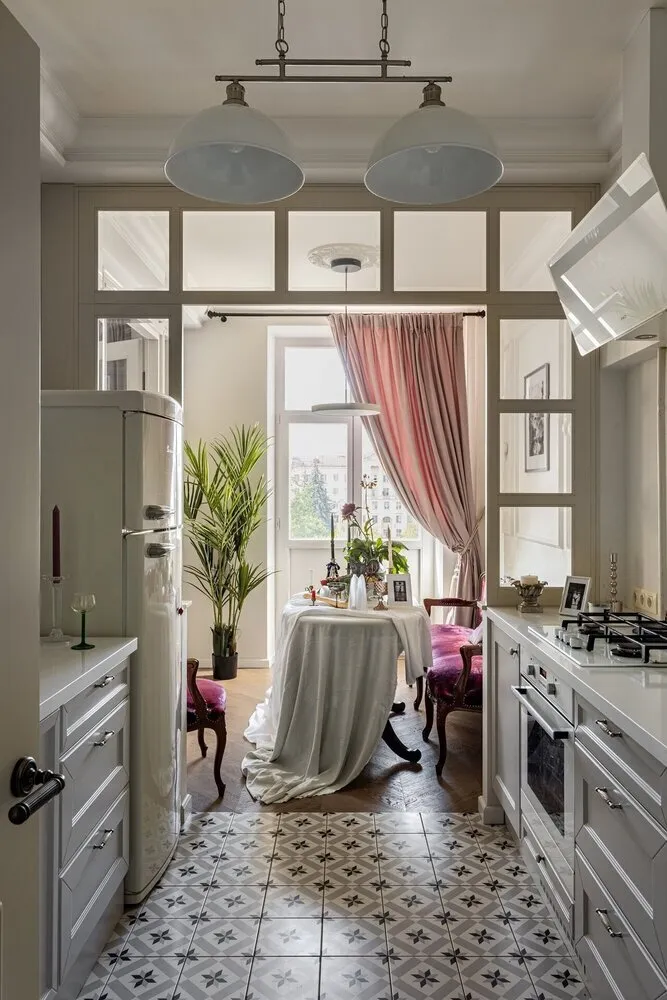
Design: Anastasia Venchedukh
Furniture and decor: treasure hunting
This is where the main secret of saving money lies. Furniture for a Stalin-era apartment doesn't have to be bought from expensive showrooms. Often, perfect solutions are found in unexpected places.
Soviet wardrobes, chests of drawers and bookcases look luxurious after restoration. Reupholstering a sofa costs much less than buying new, and the result is unique.
Flea markets and online platforms are true treasure troves. Pre-war furniture, if in good condition, fits perfectly into a Stalin-era interior. And prices are often absurdly low by today's standards.
Textiles don't have to be designer. Dense curtains, quality rugs and beautiful cushions create a cozy atmosphere without major expenses.
Kitchen and bathroom: smart minimalism
These rooms require the largest investments, but even here you can optimize costs. A kitchen cabinet made of MDF can look noble if the right fronts and hardware are chosen.
Countertops made of artificial stone last longer than natural ones and cost less. Properly chosen tiles can create the right mood for a reasonable price.
In the bathroom, quality plumbing and reliable waterproofing are essential — don't cut corners here. But decorative elements can be budget-friendly.
Final touches that make all the difference
Details turn a renovated apartment into a home. Paintings in attractive frames, live plants, quality curtains and interesting lighting fixtures — all can be found at reasonable prices if you don't rush.
Remember: renovating a Stalin-era apartment is a marathon, not a sprint. It's better to do it in stages, giving yourself time to find interesting solutions and favorable offers. Haste is the main enemy of budget and good taste.
Your Stalin-era apartment can become a model of style and comfort without requiring million-dollar investments. The key is to respect its history and not try to turn it into a typical modern box. The character of these apartments is their main wealth, and it cannot be bought for any amount of money.
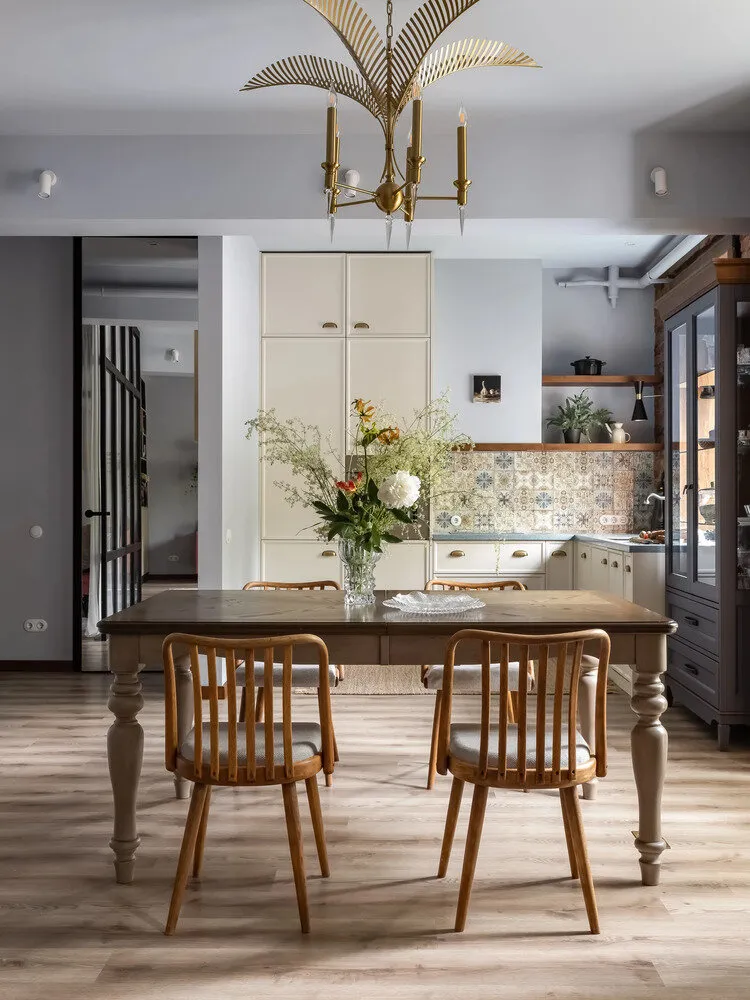
Design: Marina Kutepova
Cover: Design project by Anastasia Venchedukh
More articles:
 Accent on Classic: How They Designed a Stylish Kitchen in a Forest Cottage
Accent on Classic: How They Designed a Stylish Kitchen in a Forest Cottage 6 Design Ideas from a Forest Cottage Near Samara You Can Replicate Too
6 Design Ideas from a Forest Cottage Near Samara You Can Replicate Too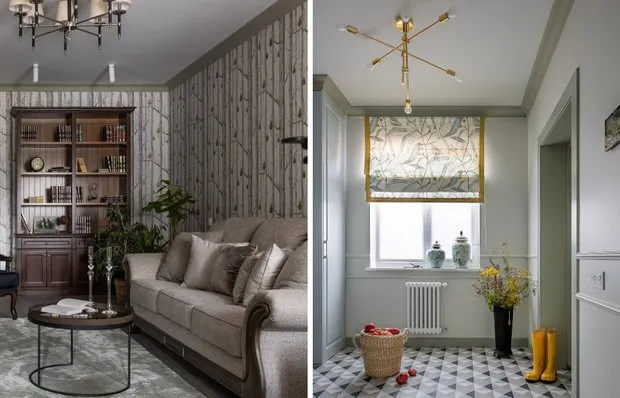 7 Ideas from a House in Bashkortostan That Will Fill Interior with Harmony of Nature
7 Ideas from a House in Bashkortostan That Will Fill Interior with Harmony of Nature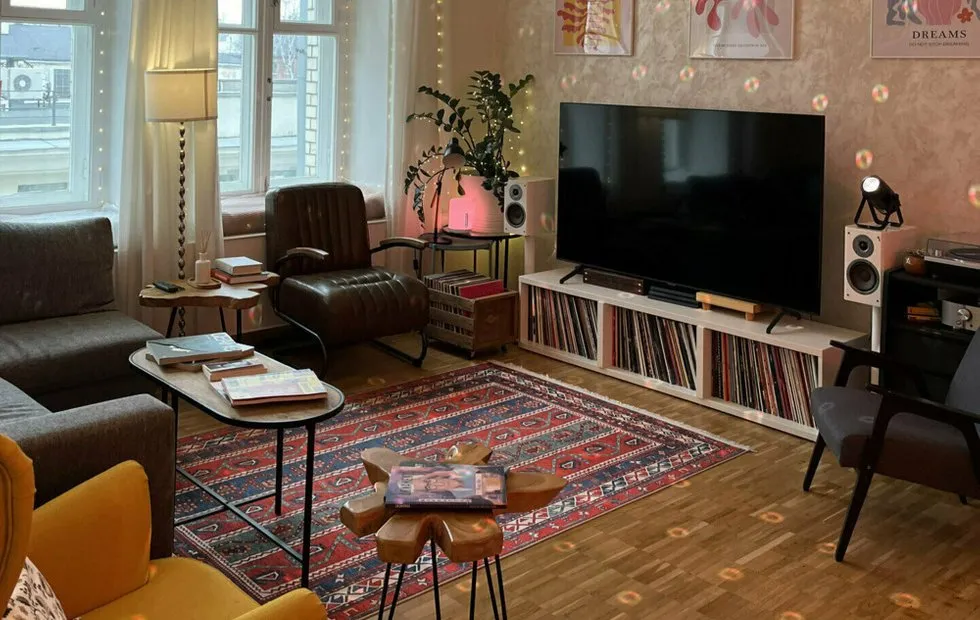 How to Make a Rental Apartment Cozy Without Violating the Lease
How to Make a Rental Apartment Cozy Without Violating the Lease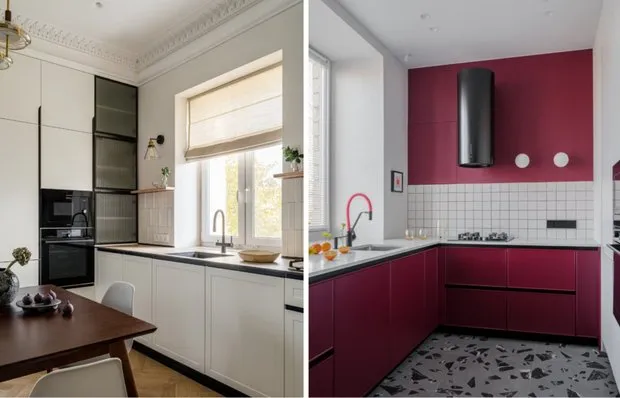 6 Ideas for a Kitchen Up to 6 m² That Everyone Can Replicate
6 Ideas for a Kitchen Up to 6 m² That Everyone Can Replicate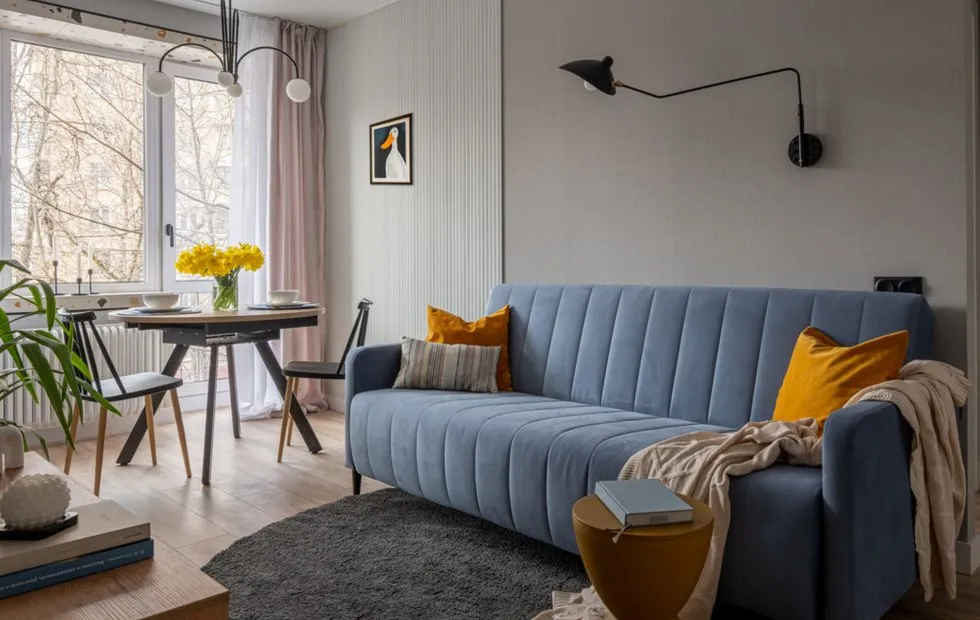 Khrushchev vs Euro Renovation: What Can Be Done for 200 Thousand Rubles
Khrushchev vs Euro Renovation: What Can Be Done for 200 Thousand Rubles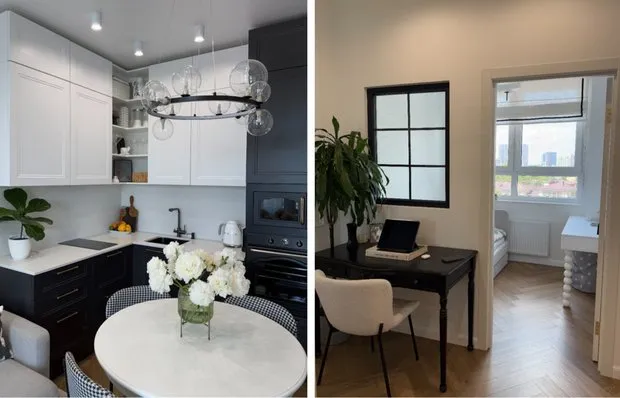 Maximize Space in a 36 sqm Eurodouble
Maximize Space in a 36 sqm Eurodouble Mia Pliyescaya's Apartment on Tverskaya: How the Greatest Ballerina Lived at Home
Mia Pliyescaya's Apartment on Tverskaya: How the Greatest Ballerina Lived at Home